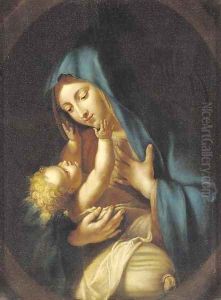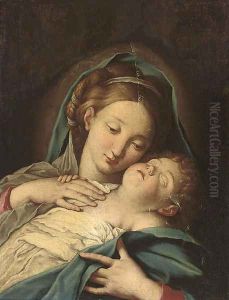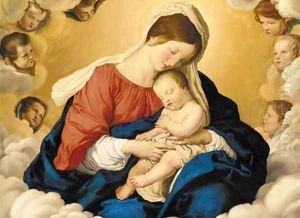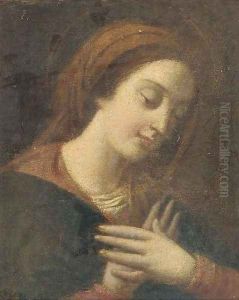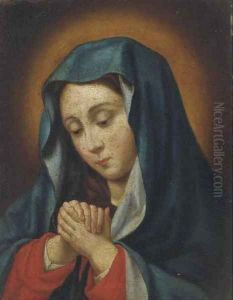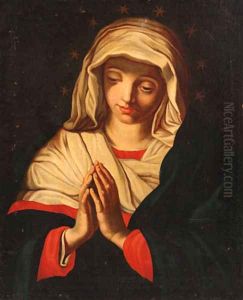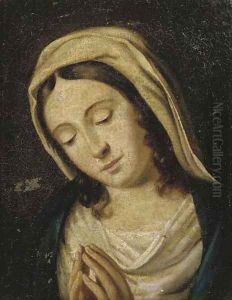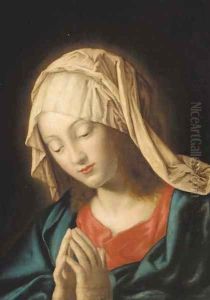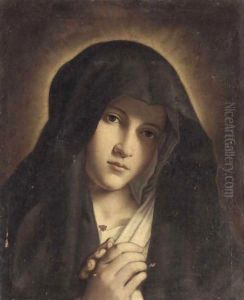Giovanni Battista Salvi, Il Sassoferato Paintings
Giovanni Battista Salvi, better known as Il Sassoferrato, was an Italian Baroque painter renowned for his devotional subjects and a refined use of color and light. Born in 1609 in the small town of Sassoferrato in the Marche region of Italy, he was deeply influenced by the work of other Baroque artists, particularly the Bolognese School and the Roman classicism.
Il Sassoferrato's work is characterized by its clarity of composition, serene depictions of religious figures, and a smooth, almost porcelain-like finish. Despite the theatricality and dynamism that defined much of Baroque art, Il Sassoferrato's paintings are often noted for their quiet and contemplative nature, with a focus on the spiritual and emotional aspects of religious devotion.
Although not much is known about his early life and training, it is believed that he was first instructed by his father, who was also a painter, before continuing his studies in Rome. Unlike many of his contemporaries, Il Sassoferrato did not seek out major public commissions. Instead, he concentrated on small-scale devotional works, many of which were reproduced as engravings, contributing to his international reputation.
His most famous works include the 'Madonna of the Rosary', 'The Virgin in Prayer', and 'The Immaculate Conception'. These paintings showcase his ability to create a deep sense of piety and reverence through the use of soft lighting and gentle expressions. His work was highly sought after, particularly among private collectors and religious institutions, and he enjoyed a successful career during his lifetime.
Il Sassoferrato's influence was not as widespread as some of his contemporaries, and he did not leave behind a school of followers. However, his paintings have endured in popularity, particularly among those who appreciate the more introspective and serene aspects of Baroque art. He died in 1685, leaving behind a body of work that continues to be admired for its beauty and devotional spirit.
